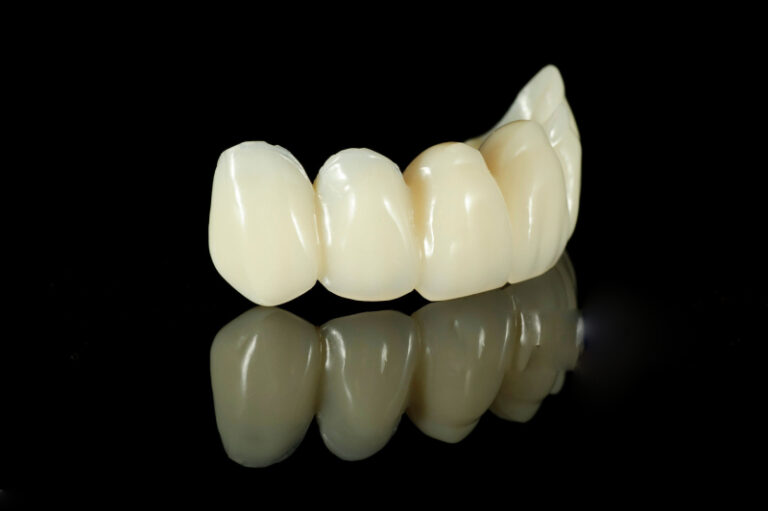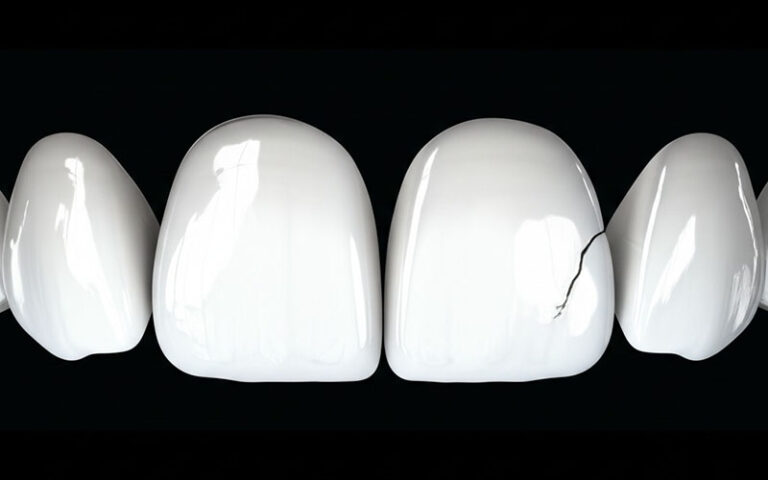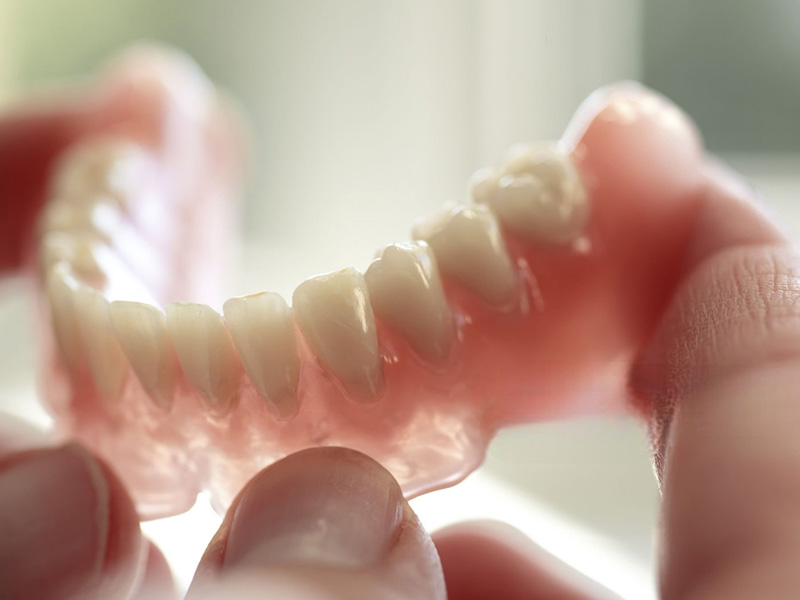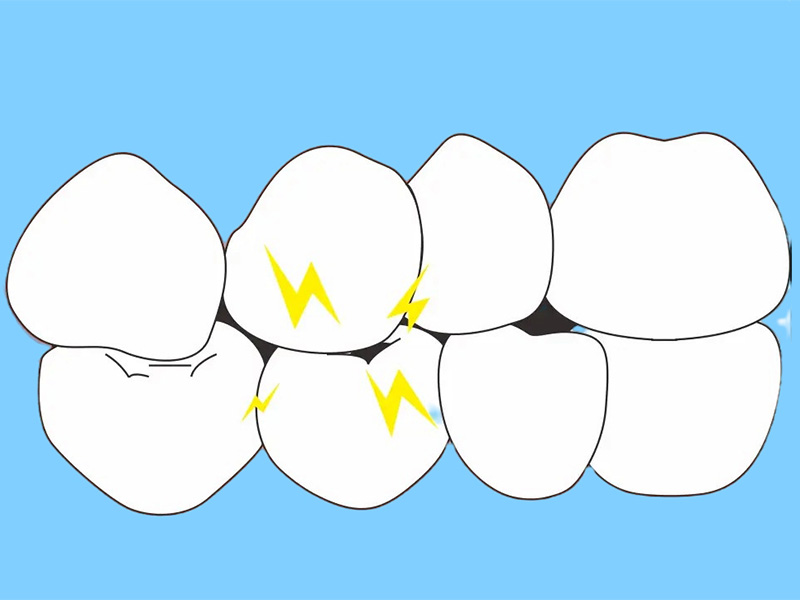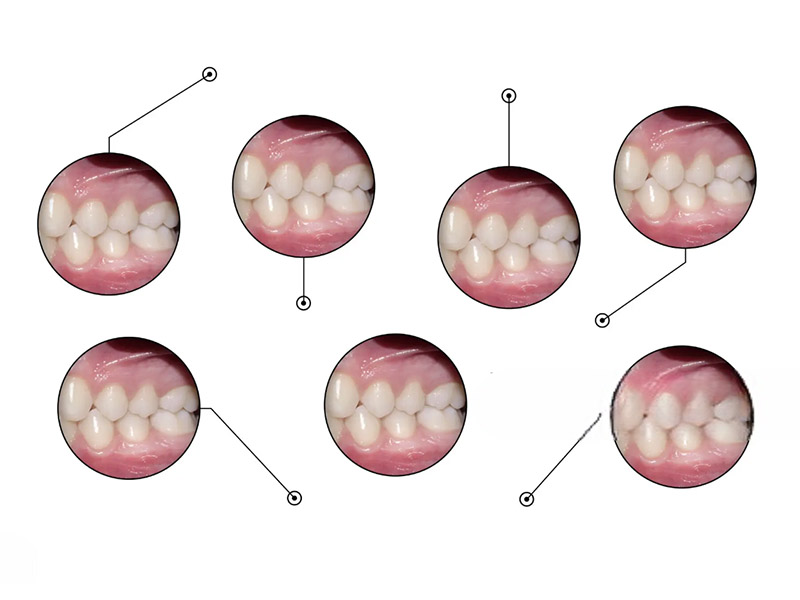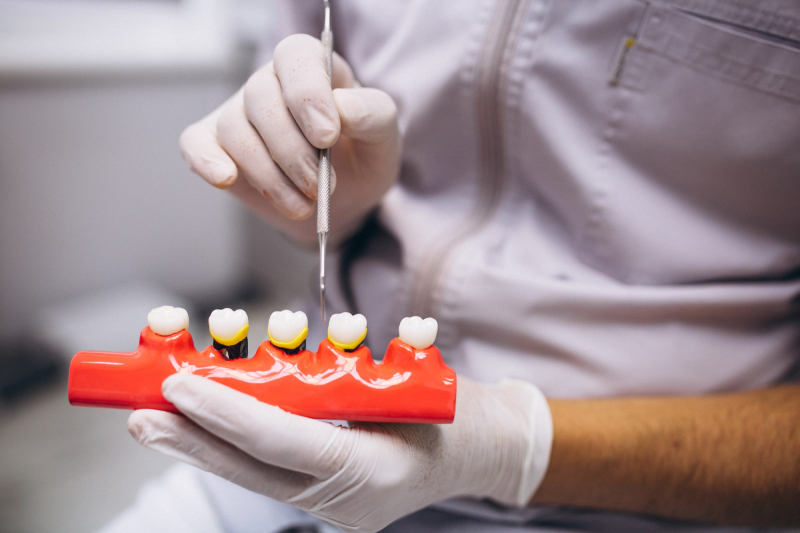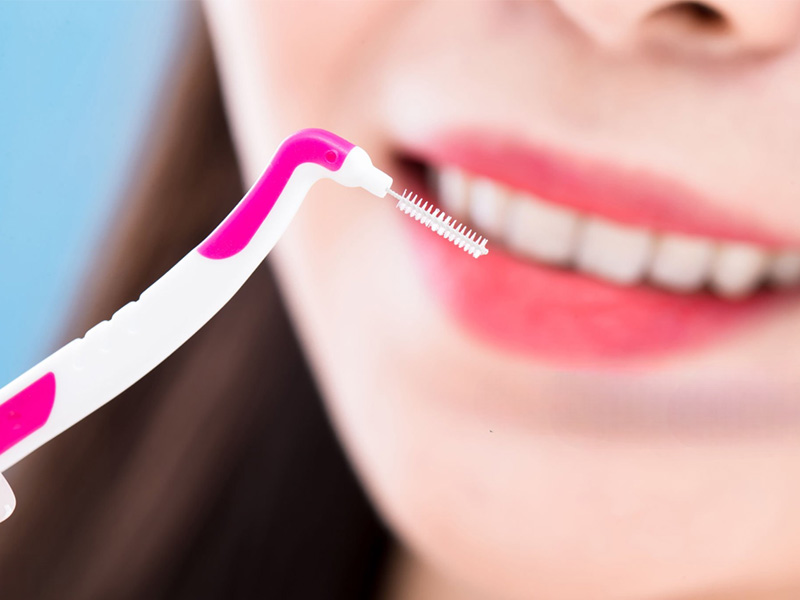
Interdental Brushes vs. String Floss: A Medical Evidence-Based Comparison
If you’re anything like me, you’ve probably stood in the toothbrush aisle, staring at packs of string floss and those funny little brushes, and wondered: Which one actually keeps my teeth and gums healthy? I used to ask myself, “Does it really matter which one I pick?” After years of trying both and looking at what the research says, here’s what I figured out: interdental brushes usually do a better job cleaning out plaque and calming down swollen gums—especially if you have gaps between your teeth, gum recession, or braces.
But that’s not the full story. Sometimes, string floss is still your best friend, especially for really tight spaces. The most important thing you can do is pick something that works for your mouth—and stick with it. In this article, I’ll share what I’ve found from using both, what the research actually says, and some tips to help you make the best call for your teeth.
Table of Contents
Clinical Efficacy: What I Learned From Studies About Plaque and Gingivitis
At first, I used string floss because that’s what everyone in my family did. Then, at the dentist’s office, my hygienist handed me some TePe brushes and said, “Try these—you’ll see.” I was a bit unsure. Could those little brushes really help?
I looked up a bunch of research and found some surprises:
- Plaque Removal: In my own mouth, interdental brushes got out more of the sticky stuff, especially in the wide spots between my molars. A lot of big reviews (like one in the Journal of Clinical Periodontology) back this up—brushes can clean away 30-40% more plaque in open spaces.
- Gingivitis (Gum Swelling): Once I switched, my gums felt less sore and stopped bleeding as much. Studies show the same—research (like from Sälzer and others) found that brushing between your teeth helps more with swollen gums and bleeding than just flossing.
- The Cochrane Review: I tend to trust big, careful reviews. The Cochrane group didn’t find strong proof that flossing really lowers gum inflammation, but they found a little more proof for interdental brushes.
After trying them myself, I saw I had cleaner teeth and healthier gums. If you want solid data, you’ll see more proof for brushes—unless your teeth are packed in so close together that nothing fits between them.
Head-to-Head Comparison: Interdental Brushes vs. String Floss
I’ve tried both—sometimes because my wisdom teeth made flossing impossible, sometimes just to see what felt better. Here’s what I’ve noticed and what the research backs up.
Interdental Brushes: My Pros & Cons List
Pros:
- Work great in big gaps: If your gums have pulled back a bit, there are spaces between your teeth, or you have things like braces, these brushes get everywhere floss can’t.
- Easier if you’re clumsy: My hands get stiff sometimes, and the whole “floss dance” used to be annoying. Brushes with big, easy handles are much simpler.
- Best for braces, bridges, implants: String floss often gets stuck or breaks around these things, but the brushes slide right through.
- Reuse them for a week: I rinse mine and use them again for a few days. Saves a bit of cash, too.
Cons:
- Odd sizing: At first, I had no idea which size to buy. Too big hurts, too small misses stuff.
- Can’t fit in tight spaces: Some teeth just won’t let a brush in there—string floss wins those.
- Cost more up front: A pack of brushes costs more than a little box of floss, at least at first.
String Floss: The Ups and Downs
Pros:
- Best for tight spots: If your teeth touch close together, only floss or super-thin tape gets through.
- Cheap and easy to find: Every shop has floss, and a roll lasts months.
- Versatile with practice: Using the “C-shape” trick, I could get under my gumline—brushes don’t always reach here.
Cons:
- Tough to learn: It took me forever to get the “C” shape right and stop snapping my gums. Most people hate flossing because it feels awkward.
- Not great for big spaces: Floss slides right past bigger gaps or curved sides—it misses mess hidden there.
- Can hurt if you mess up: Pull too hard and the floss cuts your gums. Not fun.
My Bottom Line
After all these years, I use both. Brushes for big gaps, floss for super-tight spots. If your current tool drives you crazy, give the other one a shot.
Which Is Right for You? My Guide For Specific Dental Needs
You can’t just copy someone else’s routine. Your teeth, hand skills, and what’s going on in your mouth all matter.
For Tight Teeth/No Gaps
As a teenager, when my teeth were crowded, only thin, super-slippery floss worked. What I’d use: Try string floss like Oral-B Glide or any tape that’s made to slide easy. If regular floss keeps shredding, pick one that’s “shred-proof.”
For Gaps, Gum Recession, or Gum Problems
A couple of years back, my gums pulled down a little, and gaps showed up. That’s when interdental brushes became my go-to. My dentist showed me how to pick the right size—if it fits nicely but doesn’t push the gum, that’s perfect. What I’d use: Buy a sampler of brush sizes and start with the one that feels good but still cleans. I like TePe, GUM, and Proxabrush, but others are fine, too.
For Braces, Implants, and Bridges
Trying to floss with braces or around bridges? Been there, saw friends struggle daily—until they grabbed brushes or threaders made for dental gear. What I’d use: Interdental brushes or floss threaders made for braces and bridges. Threaders help you guide floss under stuff, and brushes clean everywhere else.
For Limited Dexterity (Arthritis, etc.)
Some days, my fingers just don’t want to work. My mom has arthritis, and using normal floss is torture for her. What I’d use: Try brushes with chunky handles you can really grab, or use a floss holder if you want to stick with string. Both options make life easier.
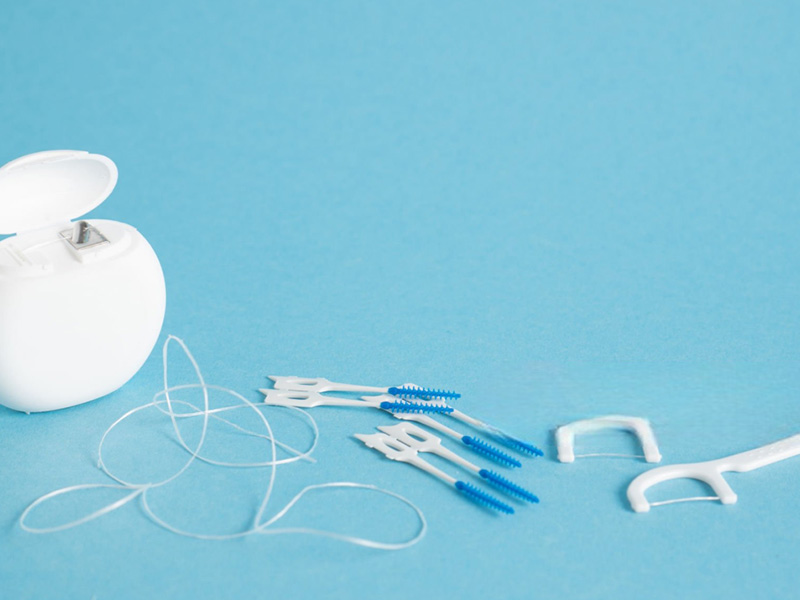
How to Use Each Tool Correctly: My Step-by-Step Guide
Technique matters. Use your tool wrong, and you might as well just rinse with water—or worse, you’ll mess up your gums.
How I Use Interdental Brushes
- Pick a size that fits: If your brush feels way too tight, grab a smaller one. You can ask your dentist for help, or try the different color-coded brushes from the store.
- Push it in gently at the gumline: Don’t jab—angle the brush, and slide it in with care. If it slides in with a tiny bit of push, that’s just right.
- Go in and out a couple times: No need to scrub your teeth—two or three gentle moves does it.
- Rinse between each space: After every tooth gap, run the brush under water. I don’t use toothpaste because it wears them out.
- Toss when it looks worn: If the bristles get all wonky or the wire bends, grab a new one.
My String Floss Routine (C-Shape Method)
- Cut 18 inches of floss: Wrap most of it around your middle fingers. Hold a little bit tight with your thumbs and index fingers.
- Slip it between your teeth: Use a gentle back-and-forth motion to sneak the floss through. Never force it—your gums will be happier.
- Make a C-shape: Curve the floss around one tooth, so it hugs the edge.
- Slide up and down: Move from under the gumline up to the top. Do the same for the next tooth, and always use a clean part of the floss.
- Don’t rush: Take your time. The more careful you are, the less your gums complain.
Case Studies, Data, and Real-World Outcomes
I like facts, so here’s what really made me trust interdental brushes.
What the Data Says
| Metric / Factor | Interdental Brushes | String Floss | What This Means for Me |
|---|---|---|---|
| Plaque Removal Efficacy | 30-40% more in bigger spaces | Best for really tight teeth, depends how you use it | My back teeth stay cleaner with brushes. Floss wins between front teeth that are close together. |
| Gingivitis Reduction | Big drop (over 50% less bleeding) | Not as strong, works for some | Way less bleeding with brushes. |
| Ease of Use & Compliance | Simple, even with stiff hands | Harder to do every day; takes more skill | I forget to floss sometimes. I rarely skip using brushes. |
| Best For | Gaps, gum loss, dental hardware | Tight teeth, no gaps | I mix and match based on what my mouth needs. |
| Risk of Trauma | Low, unless you use too big a brush | High if you yank or force the floss | My gums are happier with the right size brush. |
| Cost | Costs more upfront, but reusable | Cheap, lasts a long time | The price evens out over time if you reuse the brushes. |
My Real-World Observations
Switching to brushes for most of my cleaning made a real difference at checkups. My dentist told me my gums were healthier. The hygienist spent less time chiseling away at my back teeth.
I’ve met people who are fine with only floss—but usually, their teeth are straight, tight together, and they’re perfectionists at flossing. Most of us don’t fit that mold. If you’re struggling, it’s probably the tool, not you.
Conclusion: My Professional Recommendation
If you made it this far, you know where I stand: after reading studies, trying all sorts of floss, and giving brushes an honest go, I’m convinced interdental brushes help most people clean better between teeth and stay ahead of gum problems.
But here’s the real secret—the best tool is the one you’ll really use, and use right. For me, a mix works best: I do most cleaning with brushes and switch to floss for tight little gaps.
Dentistry keeps changing. Habits and tradition matter less than keeping your mouth clean and feeling good. If you still aren’t sure, just ask your dentist or hygienist. Let them show you what to use. Five minutes later, you’ll be set—and your mouth will thank you.
Remember: This is what I learned, backed by current studies and up-to-date dental advice. Your teeth and gums might need something a little different, but if what I’ve shared spares you a few rough dentist visits or saves you some time, it was worth sharing my tips.

